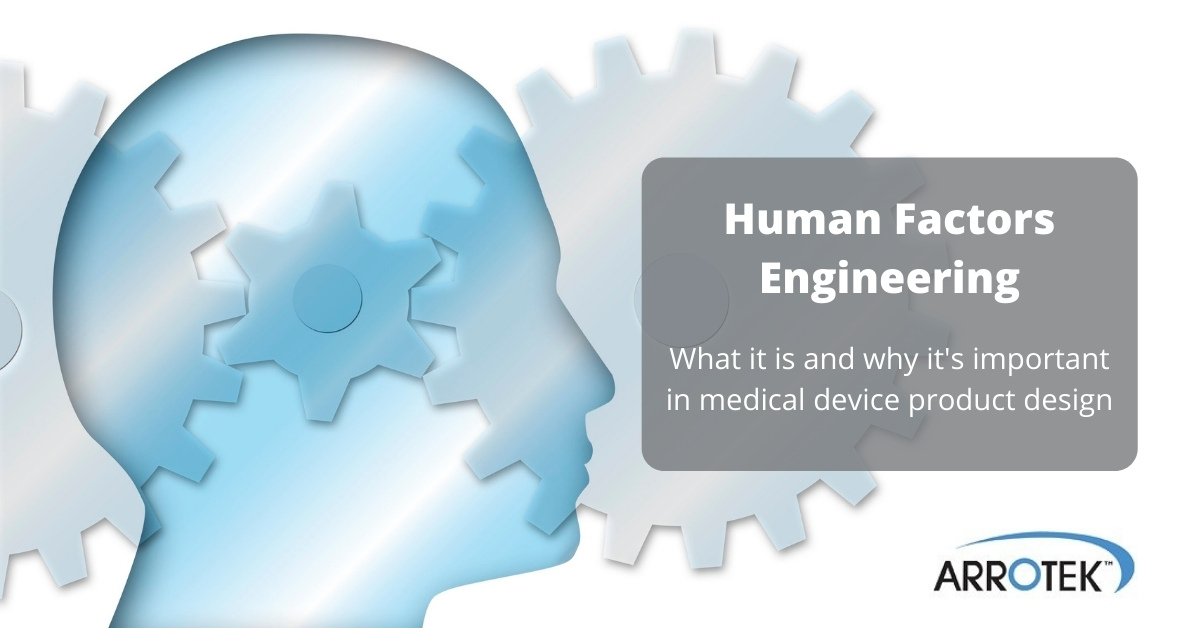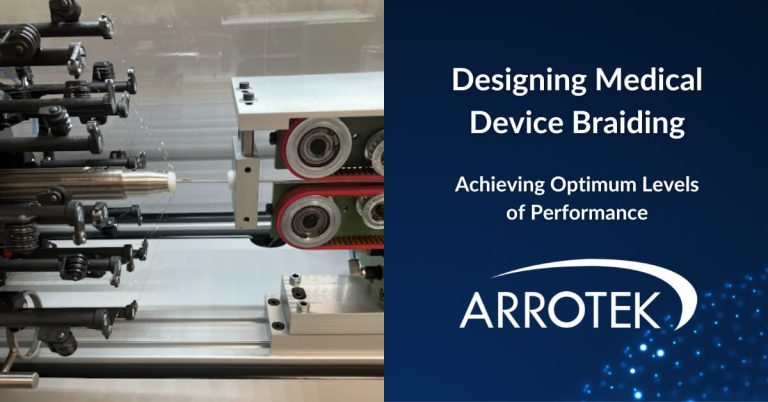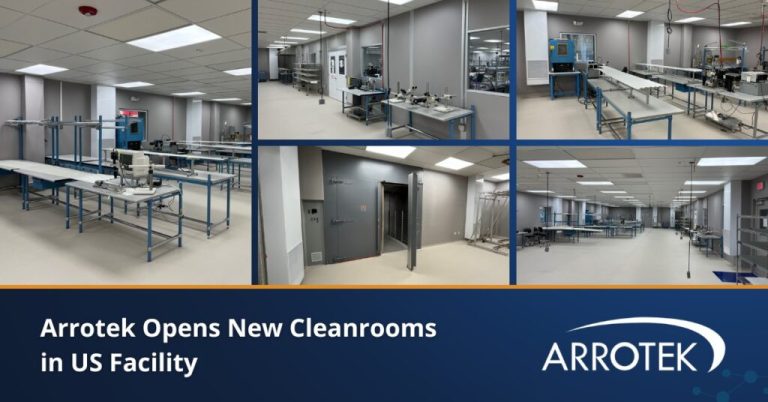In product design, designing a product that works on the engineer’s bench or desk is not enough. You also have to consider real-world factors, such as who will be using the product, their level of expertise or knowledge, and the situation or environment where the product will be used. In medical device product design, it is also essential to consider safety. The collective term for these considerations is human factors engineering.
Human factors engineering is part of the design and development process for new medical devices, and it is an important regulatory requirement. It is also known as usability engineering – the FDA (the US Food and Drug Administration) says both terms are synonymous.
Below we’ll look further at what human factors engineering involves and why it is important, both for regulatory approval and other reasons.
Human Factors Engineering in Medical Device Design Explained
The goal of human factors engineering is to ensure your new device is used as safely as possible while maximising its effectiveness. In other words, it’s about engineering the product in a way that minimises the potential for users to make mistakes or use the device incorrectly.
It requires careful consideration of human behaviour, the abilities of users, the limitations of users, and anything else that is relevant to the use of the device.
Beyond Blaming Users for User Error
In the past, it would have been common to refer to mistakes made by people using medical devices as user error. In other words, the mistake was the user’s fault.
Today, however, there is a requirement to delve much deeper to discover why user errors occur, predict user errors before they happen, and design and engineer devices to prevent errors from occurring.
The User Interface
The user interface is central to effective human factors engineering. The user interface includes every element of the device that a person uses, including the packaging, labelling, parts of the device users interact with, and anything else.
It’s important to note that all parts, elements, and interactions with the device need to be considered in human factors engineering:
- The outer packaging
- The inner packaging
- The unpacking process
- Outer packaging and on-product labelling
- Instructions for use, quick start guides, and user manuals
- The setup and/or calibration process
- Controls and mechanisms
- Using the device
- Post use, including disposal, cleaning, maintaining, etc.
So, when looking at actual or predicted user error, human factors engineering explores which part or parts of the medical device contribute to errors. The next stage is to adjust the design of those parts.
In other words, instead of saying a mistake in the use of a medical device was the user’s fault, you find out why and correct it to prevent the error from happening.
The FDA uses a diagram first published by Redmill and Rajan in 1997 to explain the user interface and how users interact with it. An adaptation of that diagram is below:

Not Just About Regulatory Approval
The primary objective of regulators like the FDA in relation to human factors engineering is safety, i.e., the safety of the patient, user, medical professional, and anyone else who can be impacted by the use of the medical device.
Safety is important for regulatory approval, of course, and it is essential from a moral and commercial perspective. However, safety and obtaining regulatory approval are not the only benefits of human factors engineering. Other important benefits include:
- Widen the potential market for your new medical device product by considering all potential users for the device and designing it appropriately.
- Create a better user experience to give your product the edge over competitor products and alternative treatments or methods.
- Helps make medical devices easier to use.
- Reduces the requirement for user manuals or training.
- Reduces the risk of product recalls because of safety issues.
- Long-term profitability and return on investment.
Guidance During the Design Process
The medical device design company you partner with to develop your new product will take the lead on human factors engineering. It is important that you are aware of the concept and key considerations, however, as human factors engineering is essential to the success of your product idea.





